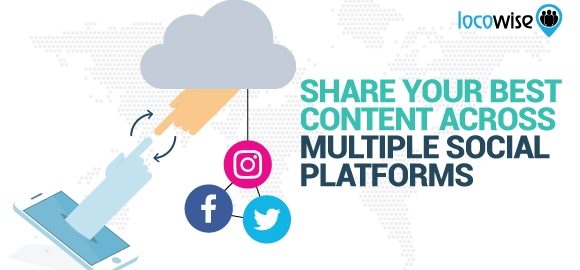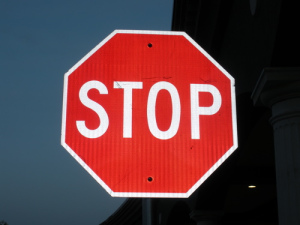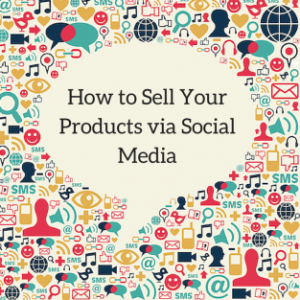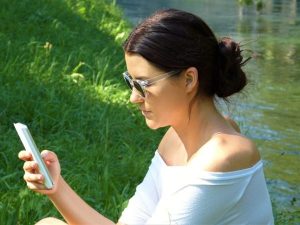— September 12, 2017
Social media is unpredictable. This will not change, and it’s part of the excitement involved in being a part of it. But suppose the unthinkable happens and your social media channel of choice suddenly disappears?
Or it has a major security breach and has to be closed down indefinitely? If this kind of scenario takes place, it is important to be sure you have a backup platform or two that will allow you to keep operating as normal. In other words, if there are major problems with Twitter, which other platforms can you maintain at the same time to ensure you don’t lose an audience?
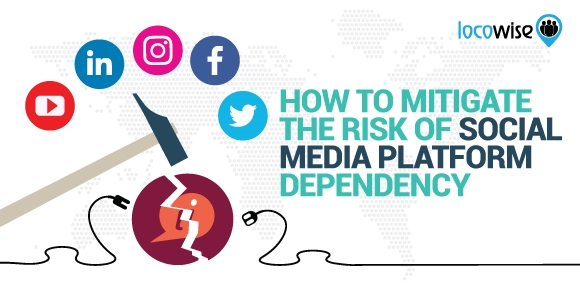
Algorithms, for example, are always subject to change as a part of a platform’s business strategy. If Facebook decides it’s receiving too much spam content, it may make the number of followers (for everyone) reduce dramatically.
If Instagram feels the same way, there may be a cull. These things are entirely possible, so brands need to be smart and focused on two areas. The first one is ensuring that they are in the right places. Secondly, the quality of work has to be high across all platforms, so there is no need to work harder to catch up in another space when a platform breaks.
Make sure you work with what you have
One key takeaway is that you should always give each channel a strong level of commitment and focus. This automatically shores up the brand against any disasters because a well-used social network will naturally gain a following and engagement.
If things do go wrong, by making sure you are on the right channels in the first place, and that you have built up a lot of hard work on these channels, any negative events will be lessened in impact. Naturally, you and your team have chosen platforms that offer the demographics that your brand needs to reach, so at least you will still be part of the conversation.
Social media only works for brands if they stay involved. Leaving a platform for days, and sometimes even hours can reduce the effect that you are aiming for. So the very best thing you can do with all your social media platforms is to work on them consistently.
Just to check, are you in the right place?
This is fundamental stuff. If you are on the wrong platforms, it is pretty much your fault if you aren’t gaining any traction. So take a good look at the demographics of each platform and decide whether or not you should take a back seat on one or two. Or even jump ship entirely.
For example, if you create products for people who like crafting, and your research has shown that the biggest market for crafting is women, you should be on platforms that have more women on them than men.
At the same time, you need to be on channels that allow for photos and images to be displayed, with filters as well so that you are able to display your products in their best light.
This means Instagram and Pinterest predominantly. These platforms are built on visuals, and people surfing and then literally liking what they see, so with that crafting product line you should already have been creating high-quality photos and building engagement over time.
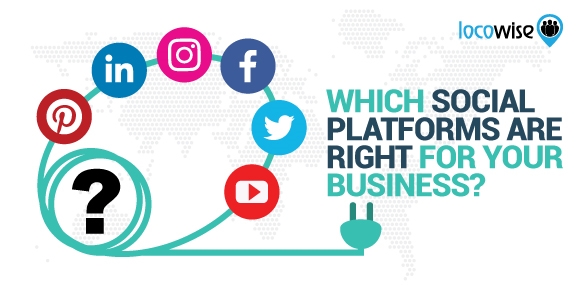
If you’re looking to bring a personal side to what you do with the brand, use Facebook to have that closer, more immediate connection. Many brands have used this channel to connect with customers using great visuals and engaging, interactive posts.
But at the same time, Instagram allows for a similar level of engagement through visuals so you can add that personal touch on both platforms.
And if you’re all about fast-paced, newsy type content, Twitter should be a platform you are on. At the same time, using other platforms such as Messenger apps should make it very easy to continue to get things done quickly.
If you are in the right places you are halfway towards protecting your brand against disasters in the long term.
Share a lot
Brands start to lose traction if they stay away from the game. The content you have created could always be shared again and again. And on top of that, if you’re a brand that posts across multiple platforms, your engaging content will be seen by different audiences, and this helps to protect against a platform disappearing.
Okay, platforms may not disappear, but they could quite easily change their algorithms. If this happens, you could find that reach and even engagement suddenly shrinks. Your posting schedule should allow for content to be repurposed and shared on various social media channels on a consistent basis.
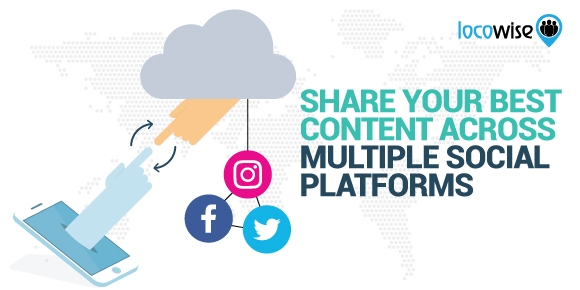
It is, of course, important to ensure that the content fits the channel, but this does not mean that repurposing is not always possible. Everything can be repurposed, and your best-performing content should be so that it gains maximum impact.
And you would be surprised how many brands simply ‘cut and paste’ their content from Facebook for other channels. So if you’re working harder, you’re naturally ahead.
Then, if things go wrong, you can reduce any kind of damage by continuing with the other platforms you are on which reduces risk and also maximises your reach.
Be in as many places as possible, and be right
You don’t have to literally be everywhere on social (and this wouldn’t make sense anyway), but being in as many places as is useful is important. So using your data to ensure you know where you’re supposed to be (because your metrics show engagement) is vital. More visible engagement in one space makes it common sense to use that space.
And make sure that you are giving equal weight to your chosen spaces. Repurposing content and sharing it as equally as possible across platforms makes it a lot easier to avoid panic and damage control when a social media platform changes its algorithm.
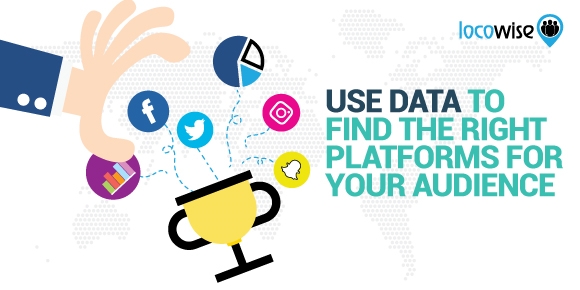
Generally speaking, the more you focus on the right platforms for your audience, and the more you consistently push out great content, the less likely a disaster on one channel will have a negative impact on your other places.
Digital & Social Articles on Business 2 Community
(42)
Report Post